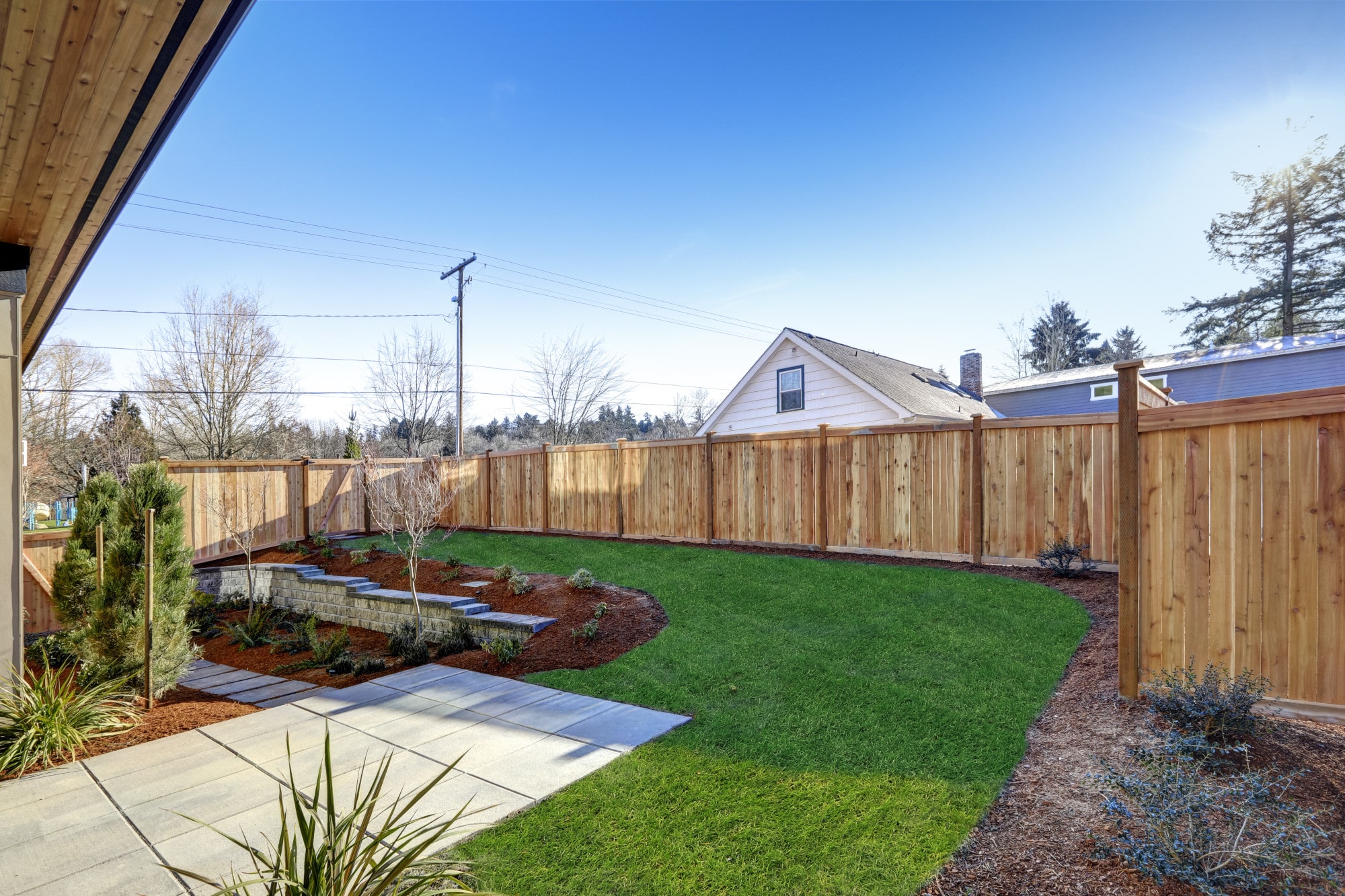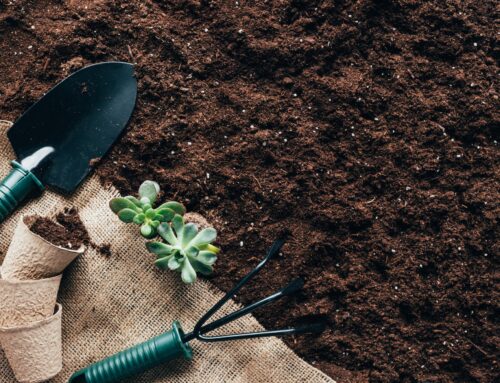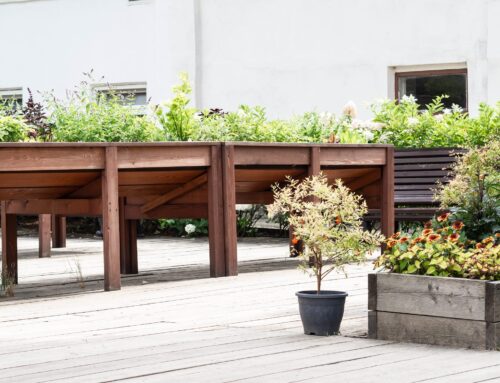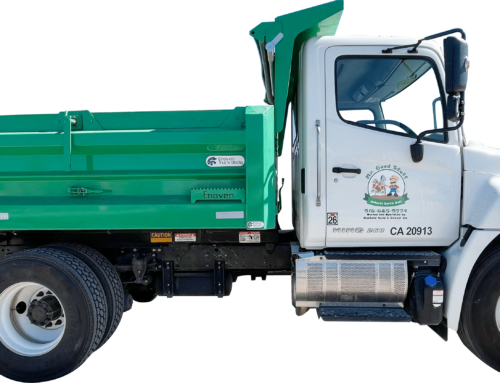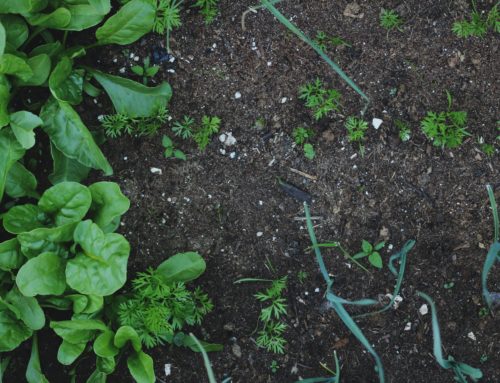Did you know that nearly half of American homeowners, some 164 million households, spent time gardening in the past 12 months? With American’s spending a lot more time at home over the last year it’s no wonder people are gardening in record numbers. Starting and maintaining a flower or vegetable garden is a highly rewarding hobby with many health benefits.
In today’s post, we cover the many advantages of garden soil delivery as well as a step-by-step guide to starting your own prize-winning garden. Keep reading to learn how you too can reap the benefits of an expertly set up and maintained home garden.
The Importance of Top Soil
Gardening is an art and a science, one that can take a lifetime to master. Like all arts, gardening starts with the median in which you will create your masterpiece. The foundation of all great gardens is great topsoil.
The topsoil is where the plants get everything they need to survive, grow, and flourish. The soil is a living ecosystem with spaces between particles called pores. It is these pores that allow for water and nutrients to pass or stay where roots absorb them.
Here is where the science of growing plants comes in. Topsoil must have a healthy mixture of sand, clay, and organic matter in order to host your garden. Too much sand in the topsoil, for example, and the rainwater will pass right down into the lower layers before your plants can get their fill.
Creating an Ecosystem
The single most important part of gardening is your mindset. A gardener doesn’t grow plants – they only provide the plants the best environment for them to grow themselves. Much like everything in life, balance is the key to creating a self-maintaining ecosystem just like mother nature does.
Much like the art of cooking, creating a great garden has many ingredients. Use too much or too little of one ingredient and the final result will not be what you hoped. Balance these essential ingredients in your garden:
- Water (moisture)
- Minerals
- Organic matter (formed from living organisms)
- Humus (partially decayed organic matter)
- Aggregate (for consistency/porous space)
- Airflow
- Worms, bacteria, insects, etc. (mix, move, and release nutrients)
Once the bio space of a garden is created and the seeds planted, mother nature does her thing. The job of the gardener is to make sure the ecosystem is in balance and stays in balance.
Start With What You Got
No matter the condition of the topsoil you have currently, it doesn’t take much to make the dirt perfect for your garden. Take a spade and dig up the soil about two feet down where you plan to garden and see what you got.
The darker black the soil is the richer it is in organic matter. Organic matter like decomposed leaves, plant material, manure, insects, etc. gives the topsoil nutrients. Dark black soil that falls apart in your hands is a good sign your topsoil is premium garden soil.
Sandy Soil
Sand is the crushed remains of rocks and minerals. Sand is not necessarily bad. In fact, sand is an important part of topsoil as it leaves a good amount of pores for trapping moisture and allows for air to pass through freely. Airflow is important for the many microbes, bacteria, insects, and fungi that enrich the soil.
There are plants that prefer sandy soil such as watermelons. However, generally speaking, sandy soil or soil where over half of its consistency is sand will not be ideal topsoil for your garden. Most gardeners follow the 1 part sand to 5 parts potting soil rule for the right amount of sand in the soil.
Clay Soil
Soil with a lot of clay is a reddish or brown color. Clay soils have very poor drainage. Too much clay in your topsoil and you will likely have problems with overwatering the plants and causing rot. Ugly molds will also grow in your garden.
There is a layer of clay and mineral deposits below most topsoils in the soil layer called the subsoil. If you find that your topsoil is chunky, light in color, and dense it may be due to erosion of the soil in your area.
Clay soils have less organic material and therefore are weak in nutrients. If your topsoil is clay soil, not all is lost. Digging out any growth on the top layer and building a raised garden bed is the most practical way to get you gardening like a professional.
Silty Soil
Another type of soil you may have is soil with high amounts of silt. Silty soil is most common near river banks, current or ancient. Silt is fine particles of minerals, smaller than sand but larger than clay.
Soil consisting of mostly silt will have very little organic matter and is susceptible to erosion. Like clay soil, you may want to consider building a raised bed and mixing your own soil for your garden.
Loamy Soil
The final type of topsoil, loamy also known as agricultural soil, is a combination of sand, silt, and clay. This type of soil is considered ideal for most gardens as it contains the beneficial properties of each type of soil. A healthy balance of moisture and nutrients for plants to thrive.
After inspecting your topsoil, you will need to decide if using native soil is best for your garden. When in doubt, building a raised bed and mixing your own topsoil leaves nothing to chance.
Raised Bed Garden: A Wise Decision
Besides the benefits of knowing exactly what is in your topsoil, building a raised Bed has several other key advantages. Raising the garden up from the surrounding grass and yard is pleasing to the eye. Especially, if you curve the edges and use the magical golden ratio of nature’s perfect design.
In the planning stage, be sure to consider all that you wish to plant in your garden and how you will place them. Don’t forget to allow room for the plants to grow. Once you are confident with your design in your mind’s eye, the real fun begins.
Building Your New Garden
Your first step is to till and remove any growth within the area of the garden. You don’t want any weed seeds or a layer of grass blocking your plants from rooting deep into the soil.
Now build the walls of the garden. Stacking stone or break has a nice look or wood boards attached to stakes could be used. If you looking for a quick fix, landscaping plastic or rubber walls will do the trick.
With the garden containment built it is time to mix your topsoil. Use the best ratios of aggregate, black soil, and sand for the type of vegetables, plants, or flowers you will plant. Use our handy soil calculator to determine how much soil you will need to fill the garden space.
Now your gardening. Plant your heart out and be creative in your arrangements. Remember that empty spaces between plants are not only healthy for their growth but also keeps your garden from becoming visually overcrowded.
Lastly, consider using a natural or accented red/black mulch to cover the ground between plants. This final touch will help keep your soil from eroding in heavy rain, keep your plants warm during a frost, and fight weed growth in your garden. Not to mention, mulching makes a garden look well cared for.
Garden Soil Delivery Advantages
As you no doubt have realized by now, starting a garden will likely require massive amounts of new soil from an outside source. For big projects, you are going to want to buy in bulk to save money. Bulk garden soil delivery is the way to go as you reap the benefits of top-quality soil at a wholesale price delivered right to your project.
If you were to source your soil from a retail garden outlet, load a truck, and haul it yourself you will not only cost yourself labor and time but it will likely cost you more money as well. Garden soil home delivery is the all-around best option for big gardening and landscaping projects.
Garden Soil Delivery in Sacramento
Even if you have never gardened a day in your life, an award-winning garden is well within your grasp. If your native soil is anything but ideal, grow healthy, strong, and beautiful plants by using the best soil money can buy.
If you live in the Sacramento area, Mr. Good stuff is your one-call solution for all your garden soil and mulching needs. Need more incentive to use our professional garden soil delivery service? Order 10 bags or more and your delivery is free.

